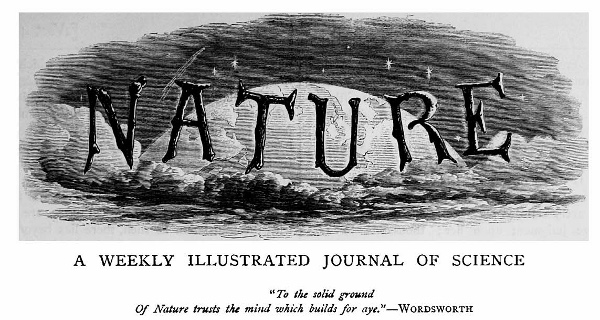| Tikalon Blog is now in archive mode.
An easily printed and saved version of this article, and a link
to a directory of all articles, can be found below: |
|
This article |
| Directory of all articles |
Journal Pricing Protest
June 14, 2010
Generally, competition leads to lower prices. Scientific journals are now competing with free
open access journals on the internet. Not only that, but authors now submit their manuscripts in electronic format to a journal's specification, eliminating considerable copy-editing and typesetting expenses. Electronic delivery of articles eliminates the major expense of printing, delivery, and maintaining an inventory of past articles. Considering all this, you would expect established scientific journals to lower prices. Wrong! The
Nature Publishing Group is attempting a 400% price increase for access to its journals at the
University of California, and the University of California is fighting mad! [1,2]
The Nature Publishing Group publishes my favorite journal,
Nature. I have a personal subsciption to Nature, and I'm a charter subscriber to
Nature Physics, which is now in its fourth year of publication. Most of the scientific papers in Nature are about the
life sciences, and are generally
incomprehensible to me. However, the few
physical science papers that appear, along with the news and review articles, make my subsciption worthwhile, so I'm willing to plunk down a little more than a hundred dollars a year for my subsciption.

Nature cover, November 4, 1869.
The University of California buys access to 67
NPG journals, including Nature. The average annual cost per journal was $4,465. Now, NPG wants $17,000 per journal in 2011 [2]. The California University system is fighting back in an attempt at a price roll-back. It's asking its faculty to boycott NPG journals by not submitting manuscipts or reviewing manuscipts, to resign from editorial board memberships, to cease advertising faculty positions in these journals and to discuss this pricing issue with colleagues at other universities. It's reported that University of California faculty members have published 5,300 articles in NPG journals in the last six years, 638 of which were in Nature [2].
The driving force here is Nature's reputation. Publication in Nature is a sure ticket to tenure and advancement in the academic professions. Since I'm not an academic scientist, it doesn't really matter to me where I publish, as long as interested people can access my work. My most recent paper was published exclusively online [3].
References:
- Ellen Meltzer, "Letter to UC Faculty on Nature Publishing Group Subscription Increases," June 9, 2010.
- Jennifer Howard, "U. of California Tries Just Saying No to Rising Journal Costs," Chronicle of Higher Education (June 8, 2010).
- D.M. Gualtieri, FauxCrypt - A Method of Text Obfuscation, arXiv:1004.4940v1 (28 Apr 2010).
Permanent Link to this article